Explain the Difference Between Myopia and Hyperopia
It May Be Presbyopia. Myopia usually occurs when the eye is slightly elongated.
![]()
Vision Defects Myopia Hyperopia And Astigmatism Stock Vector Illustration Of Human Lens 34372367
In comparison to an emmetropic eye a hyperopic eye is too short.
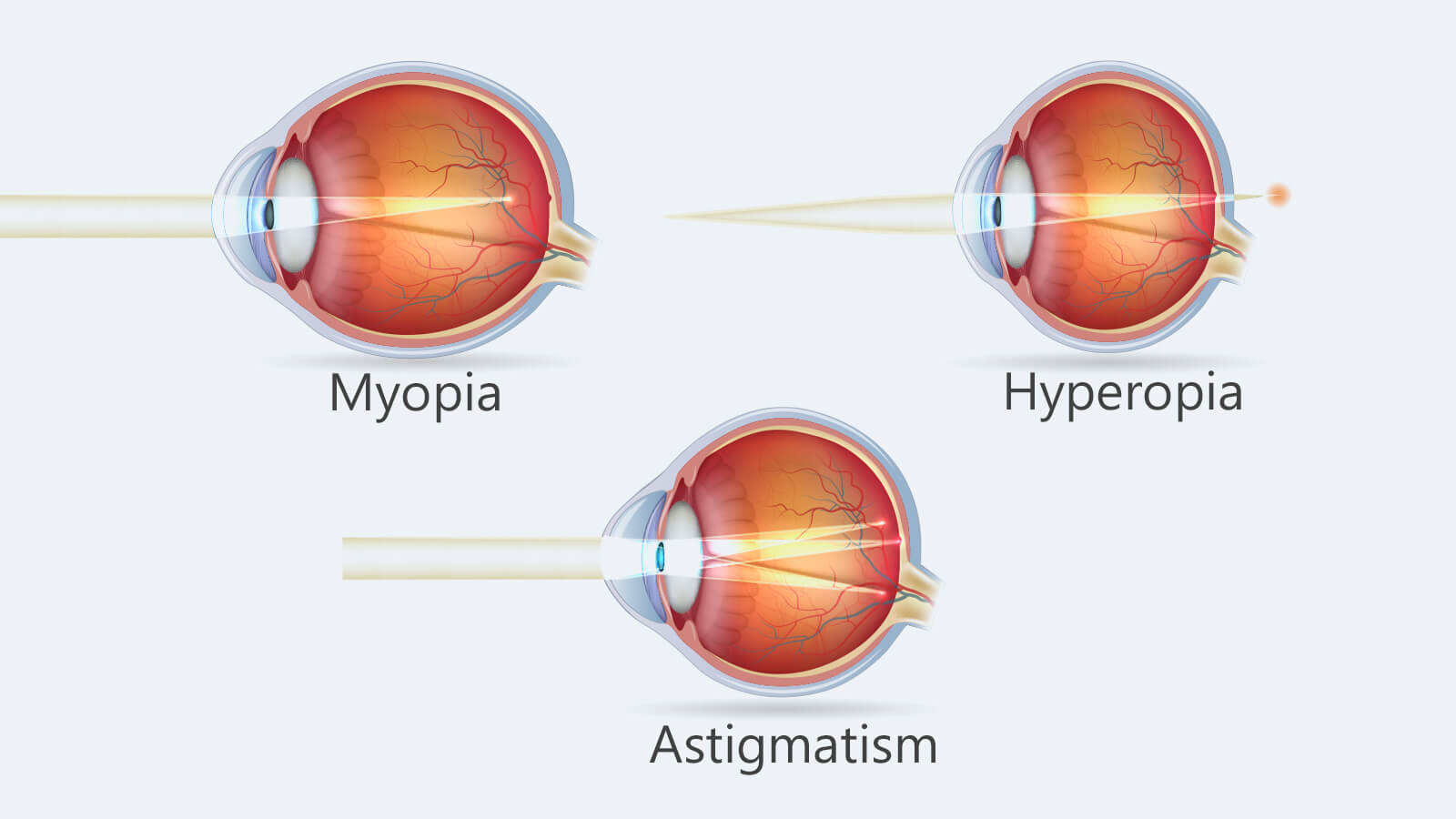
. Myopia is also known as nearsightedness. In effect then it causes distant objects to appear blurred while close up objects appear in full focus. It can be treated by using the convex lens of appropriate focal length.
This typically occurs when the eye is smaller than average and. Age leads to presbyopia whereas hyperopia can run in families or happen as a result of your lifestyle. The range of things an individual might be able to clearly see differs from person.
Myopia results when parallel light is focused in front of the retina. POSTED ON July 12 2019 Blog. Myopia Hyperopia Presbyopia and Astigmatism Explained.
A person with myopia can see things that are near but cannot clearly see things that are far while a person with hyperopia can see things that are far but cannot clearly see things that are near. Farsightedness known as hyperopia is the opposite of nearsightedness. In contrast a hypermetropic person is only able to see far or distant objects clearly.
Ad Over 40 And Squinting To See Your Phone. Unlike youth onset myopia physiological hyperopia does not develop after early childhood. Hyperopia or Hyperopia On the other hand hyperopia is a condition that can be said to be the opposite of myopia.
However you can see very well those who are at a distance. Describe how the eye focuses on objects of different distances Explain how we test visual acuity and explain the differences between myopia hyperopia and emmetropia. In long sightedness the reflections of objects are focused behind the retina and in short sightedness the reflections of objects are focused in front of the retina.
Reading vision is usually great without glasses but distance vision is blurred. Most people who need corrective lenses usually have Myopia nearsightedness Hyperopia farsightedness Presbyopia age-related farsightedness or Astigmatism. In myopia nearby objects are seen clearly.
Myopia is the short-sightedness and Hyperopia is the long-sightednessDifference between Myopia and Hyperopia. 8 rows The difference between myopia and hyperopia is that myopia is short-sightedness while. Both myopia and hypermetropia are the type of eye diseases that are based on the distance to see the object.
The condition in which the person is not able to see the distant object is known as myopia or short-sightedness. Basically these eyes stopped growing a little too early. Anatomy and Physiology questions and answers.
Your age often has no control over hyperopia while presbyopia emerges in most people after age 40. It can be corrected with eyeglasses or contact lenses and in. The light should focus on the retina.
Describe the role of rods and cones in vision. Myopia or nearsightedness occurs when an eye is larger than normal causing it to be naturally focused up close. Myopia and hyperopia are also known as nearsightedness and farsightedness respectively.
Myopia also is known as short-sightedness while Hyperopia is also known as long-sightednessThese are the defects of vision of an eye in which a person is unable to see the near by or distant objects. But instead it comes to a focus in front of the retina causing the image to blur. The difference between myopia and hypermetropia is that a myopic person is only able to see near or short distance objects clearly.
Difficulty seeing distant objects when light rays are focused on a point in front of the retina. Hyperopia farsightedness makes it hard to see things that are close and Myopia nearsightedness makes it difficult to see things that are far away. Similarly to myopic patients there are hyperopic patients can have a different sized eyeball.
Farsighted vision is usually caused by an eyeball thats too short causing light to focus behind the retina. This causes the light that enters the eye to fall on the wrong part of the eye. Only objects closer to the eye have a clear vision and can be properly focused on the retina.
When light enters the eye it will land behind the retina creating that blur at distance and near. Both conditions can be improved with corrective lenses such as glasses or contacts as well as safe LASIK surgery. This defect is most usually linked with an elongated eyeball.
The doctors call it myopia but there is a good chance that you call it nearsightedness. The prefix Hyper- means above higher or further. Hyperopia means further out vision or farsightedness.
Common presbyopia treatments include contact lenses multifocal glasses or reading glasses. It can be corrected with eyeglasses or contact lenses and in some cases refractive surgery depending on severity. 11 rows Myopia or near-sightedness means that they can see things that are near clearly whereas the.
Although long-sightedness is opposite to that of. - Explain 60-90 of variance in refraction - 24 chromosomal loci linked to human myopia - Parental myopia - Ethnic differences Chinese and East Asiansnon-Asians - Genes APLP2 TFIG1 COL2A1 PAX6 MYOC CMET and many more. The presenter finds it difficult to see nearby objects as they appear blurred.
Myopia is the term for nearsightedness. Hope it helps it to you po. It can be treated by using the concave lens of appropriate focal length.
Hyperopia vs Myopia Hyperopia or Long sightedness is when the short distance vision is weak and myopia or short sightedness is when the long distance vision is weak. Also referred to as long-sightedness or hyperopia. The primary difference is what causes each condition.
If You Have Blurry Near Vision Visit To Learn About A Treatment Option. Farsightedness makes close objects look blurry but high levels of hyperopia can cause objects at all distances to appear out of focus. In these defects of the.
High myopia usually stops getting worse between the ages of 20 and 30. These refractive errors all occur when light fails to focus properly on the retina. 6 rows Myopia is the short-sightedness and Hyperopia is the long-sightedness.
Myopia and Hyperopia both are the problems with eye-sight. Myopia is the opposite of hyperopia and results in near sightedness or short sightedness. A condition in which visual images come to a focus behind the retina of the eye and vision is better for distant than for near objects -- called also farsightedness.
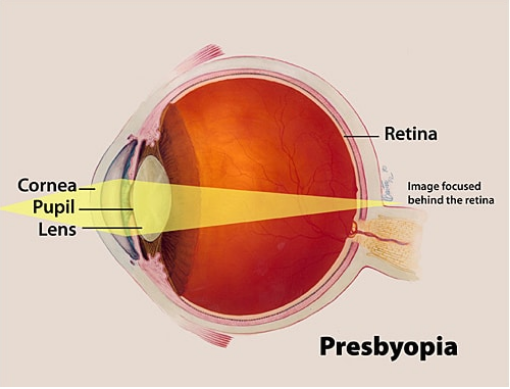
Difference Between Myopia Hypermetropia And Presbyopia With Diagram Viva Differences

Myopia And Hyperopia Royalty Free Vector Image
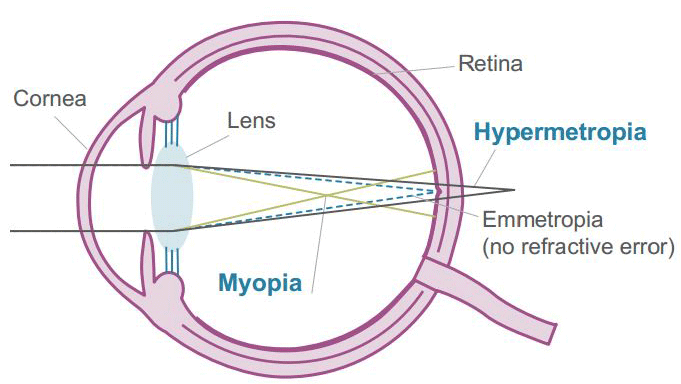
Difference Between Myopia Hypermetropia And Presbyopia With Diagram Viva Differences
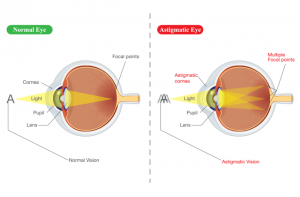
What Is Myopia Hyperopia And Astigmatism Stan Isaacs Ortho K Optometrists
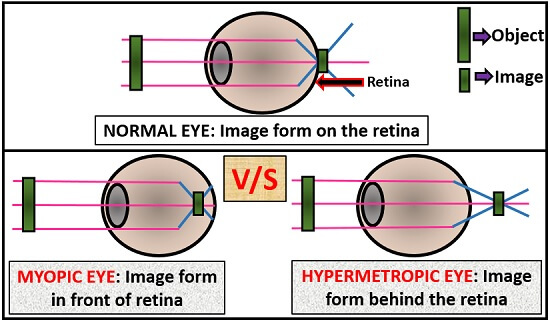
Difference Between Myopia And Hypermetropia With Comparison Chart Biology Reader

Difference Between Myopia And Hyperopia In Tabular Form

What Is The Difference Between Myopia And Hypermetropia Teachoo
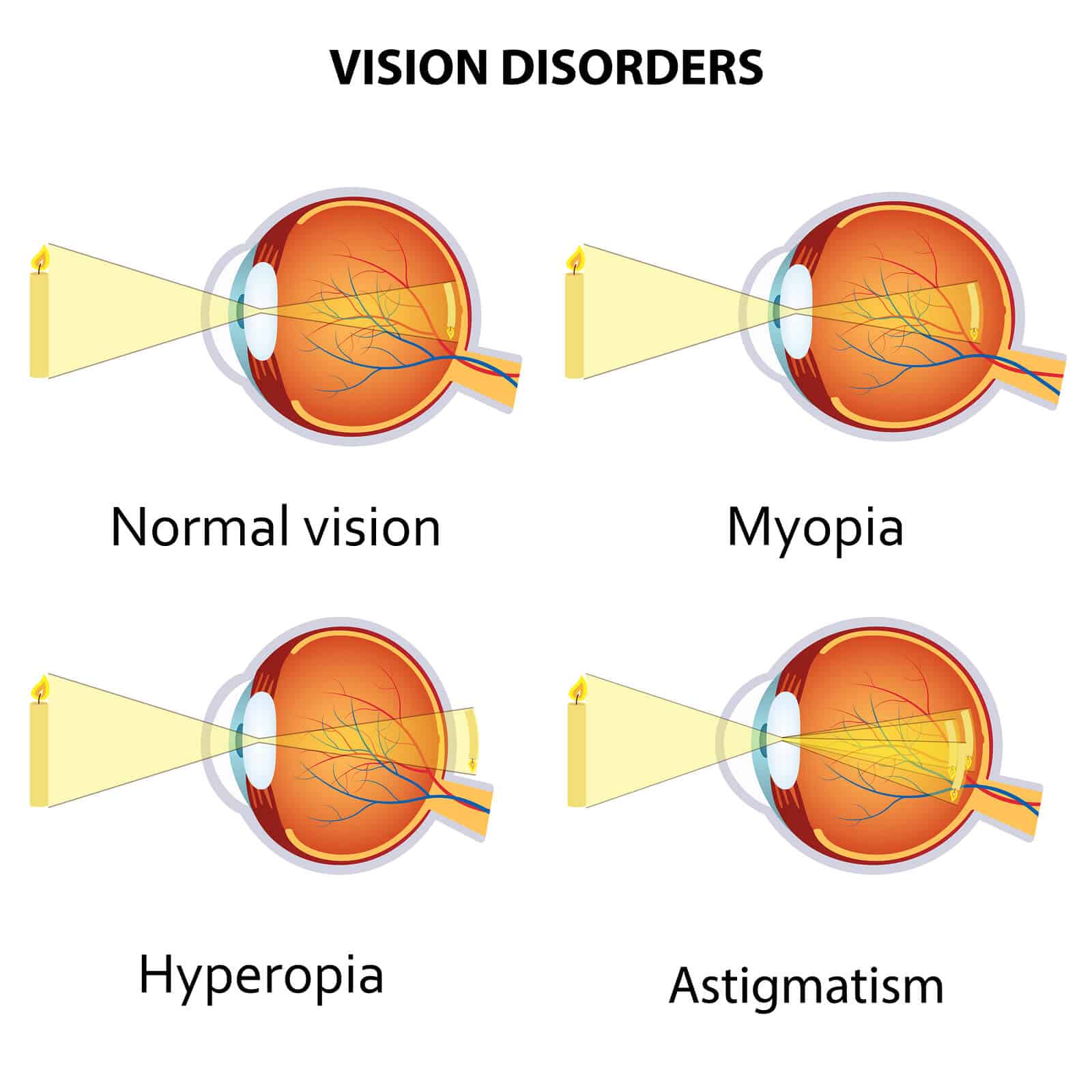
Myopia Hyperopia And Astigmatism Explained

Difference Between Myopia And Hyperopia Near And Farsightedness Physics Letstute Youtube
What Is The Difference Between Metropia Hypermetropia And Presbyopia Quora

Difference Between Myopia Near Sightedness Hyperopia Far Sightedness Youtube

Nearsightedness Vs Farsightedness Denver Optometrists

What Is Myopia Hyperopia And Astigmatism Stan Isaacs Ortho K Optometrists

Difference In Myopia And Hyperopia Near Sighted And Far Sighted Lens Class 10 Letstute Cbse Youtube
Difference Between Myopia And Hypermetropia Difference Between
Difference Between Myopia And Hypermetropia Difference Between
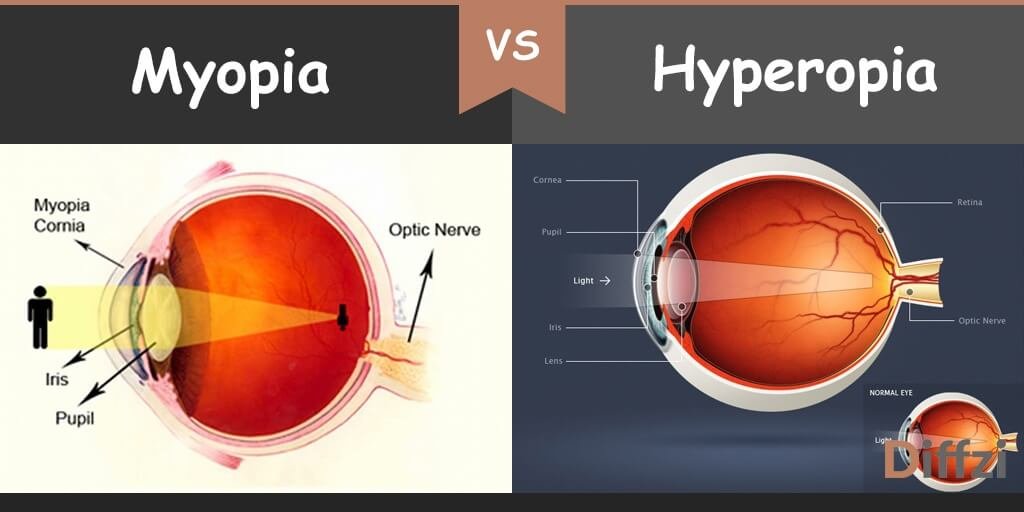

Comments
Post a Comment